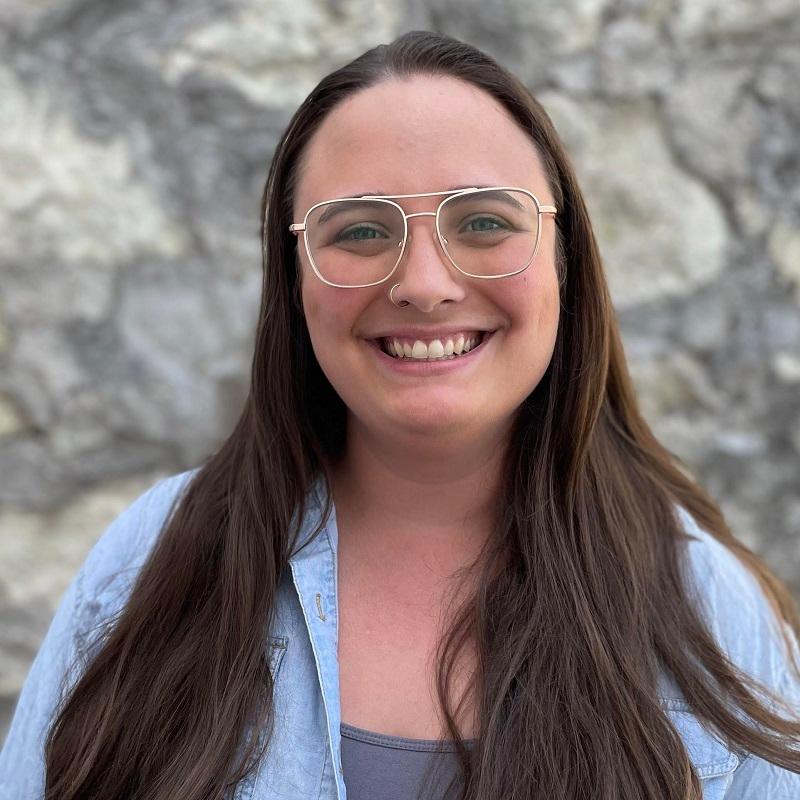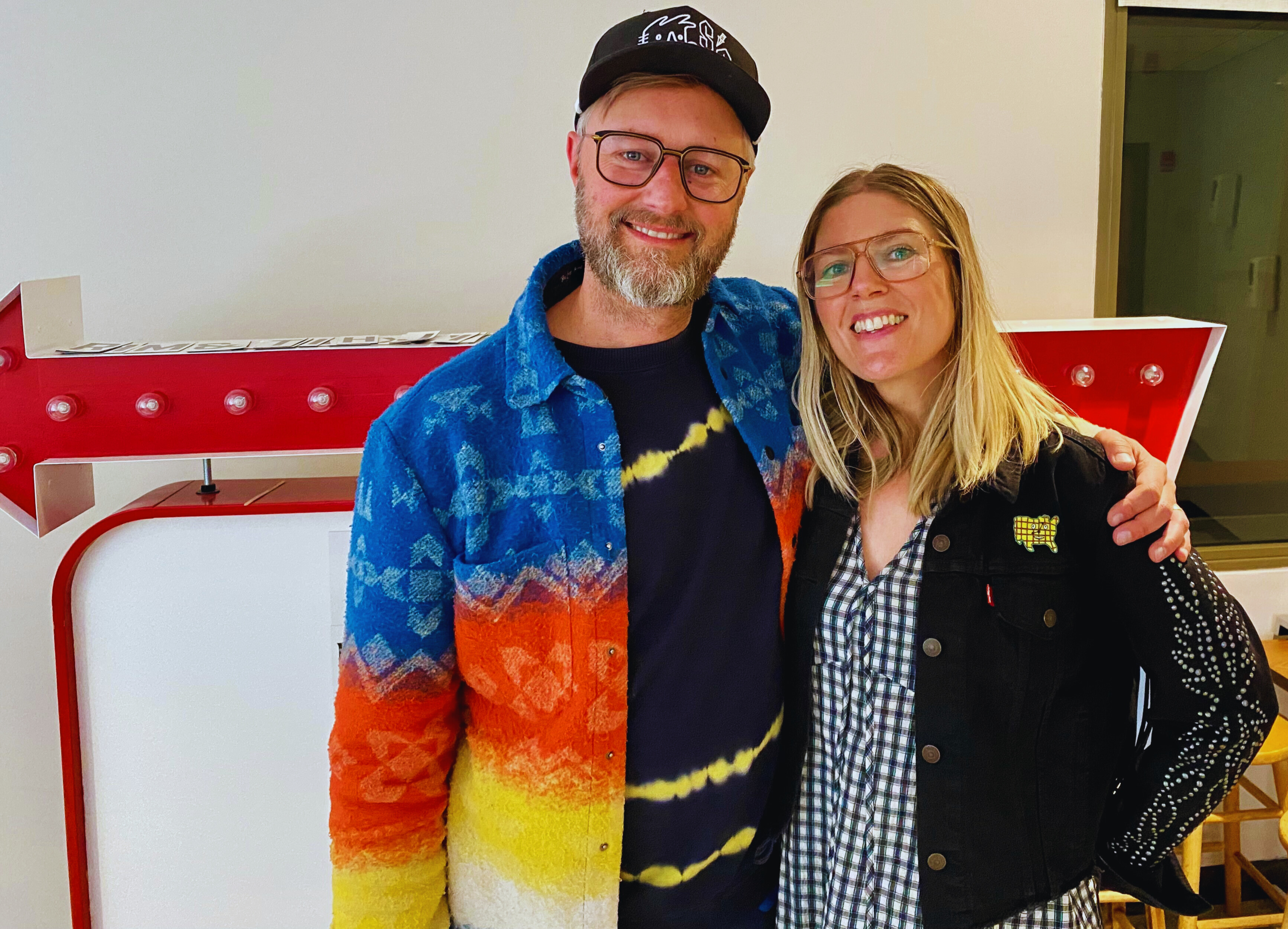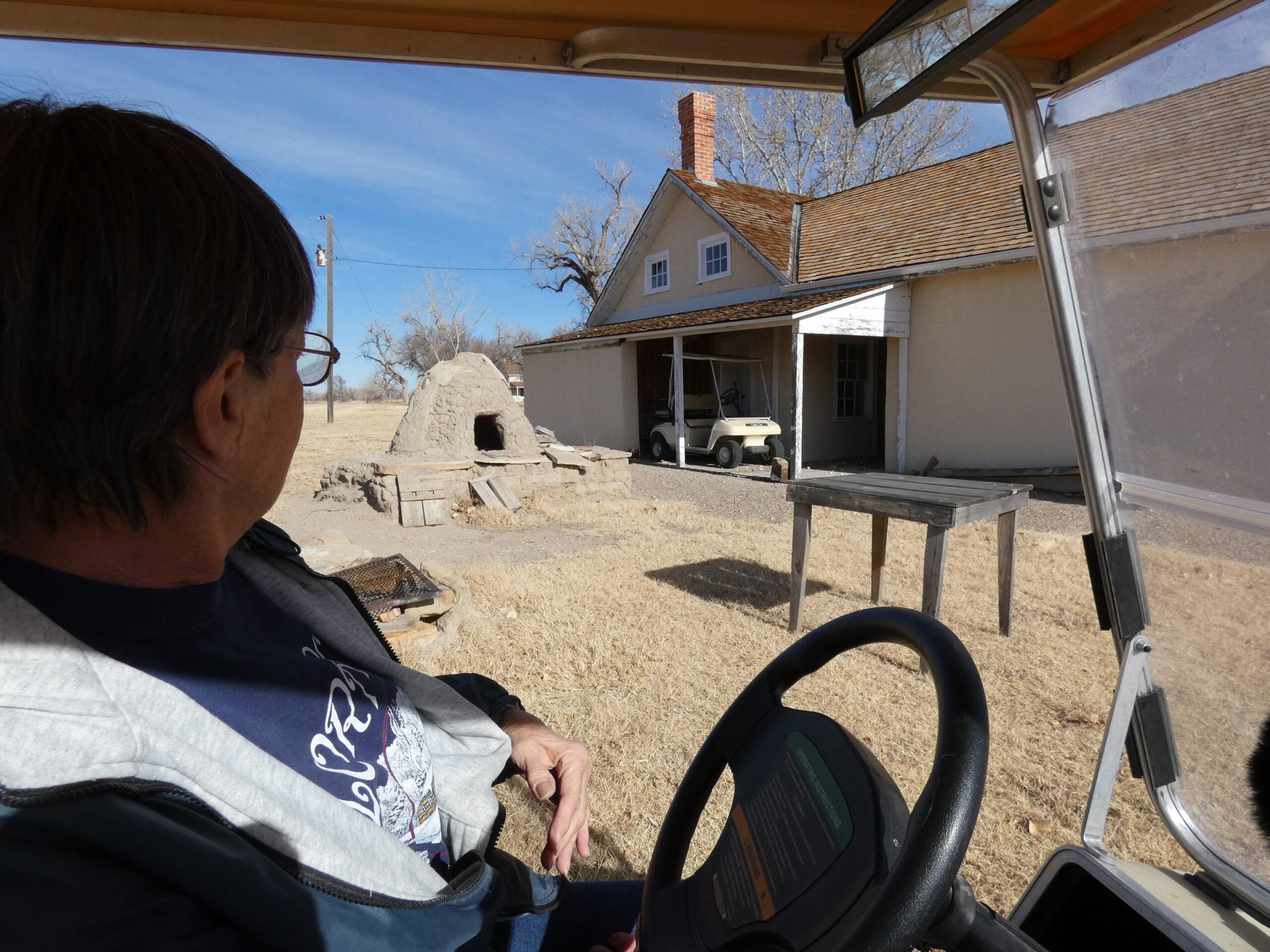
“What do you know about Boggsville?” Anita Pointon asked, driving an electric golf cart over the golden plains in southeastern Colorado on a sunny afternoon.
There's a section of the Santa Fe Trail that once led cattle drives and stagecoach journeys through Boggsville. Tall amber grasses sway across the open space and dusty trails wind close to the tan, two-story homesteads and repurposed rail cars that serve as the site's main exhibits.
Pointon points out details that hint at the history of Boggsville, once an agricultural settlement; details like the shadow of what archaeologists think was once a barn’s foundation. Now it’s just an indent in the ground behind the courtyard of one of the Spanish-influenced homes.
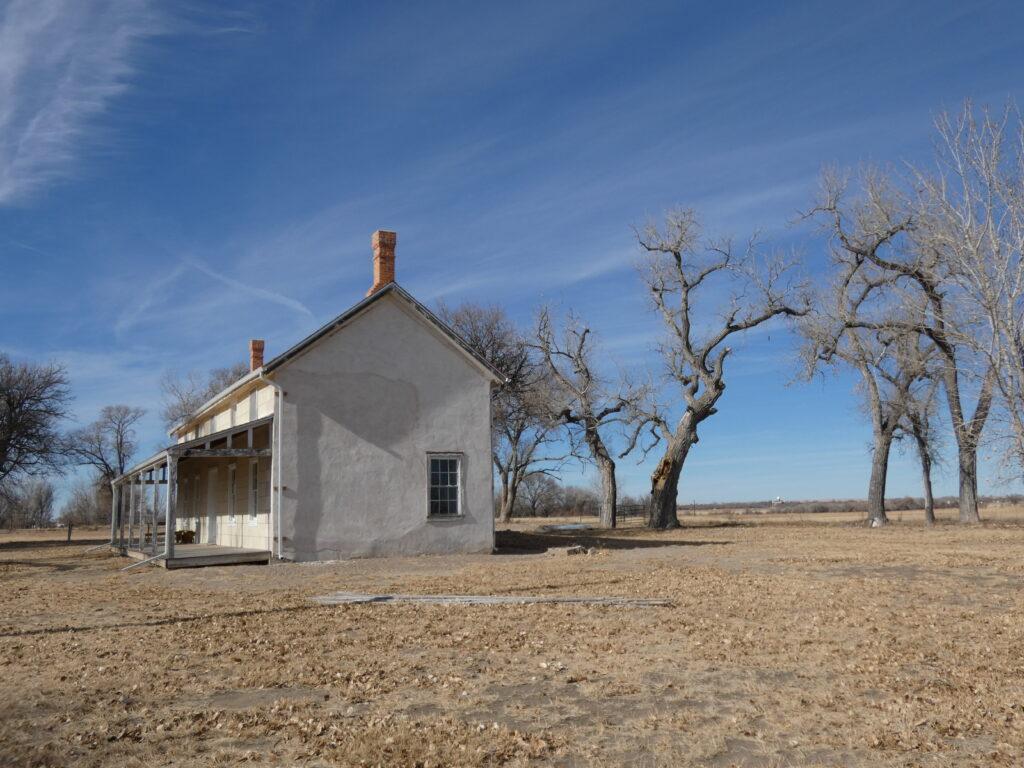
Pointon has been director of the Boggsville Historic Site for years and guides tours outside of regular operating hours.
“And prior to Boggsville days, the time of Boggsville I should say,” Pointon said, “the Native Americans used this area, this general area, as a winter encampment.”
Thomas Boggs and his family built the first home in what became Boggsville, just southeast of Las Animas, in 1862. Other settlers soon joined them and built one of the first permanent settlements in Colorado’s Arkansas River Valley with the goal of developing agriculture and connecting the area to more trade through the Santa Fe Trail.
Even though it went bust about 10 years later, Boggsville’s brief boom had lasting impacts on southern Colorado’s history.
“What we’re most proud of is that this was a multicultural community and peaceful,” Pointon said. “It was the very first non-fortified settlement in the area. And pretty much everyone was welcome here.”
Historic records show agrarian Boggsville was mostly peaceful. An irrigation ditch built by Boggs and others like John Prowers and Robert Bent runs through the land and was the first of its kind in the Arkansas River Valley, according to the National Park Service.
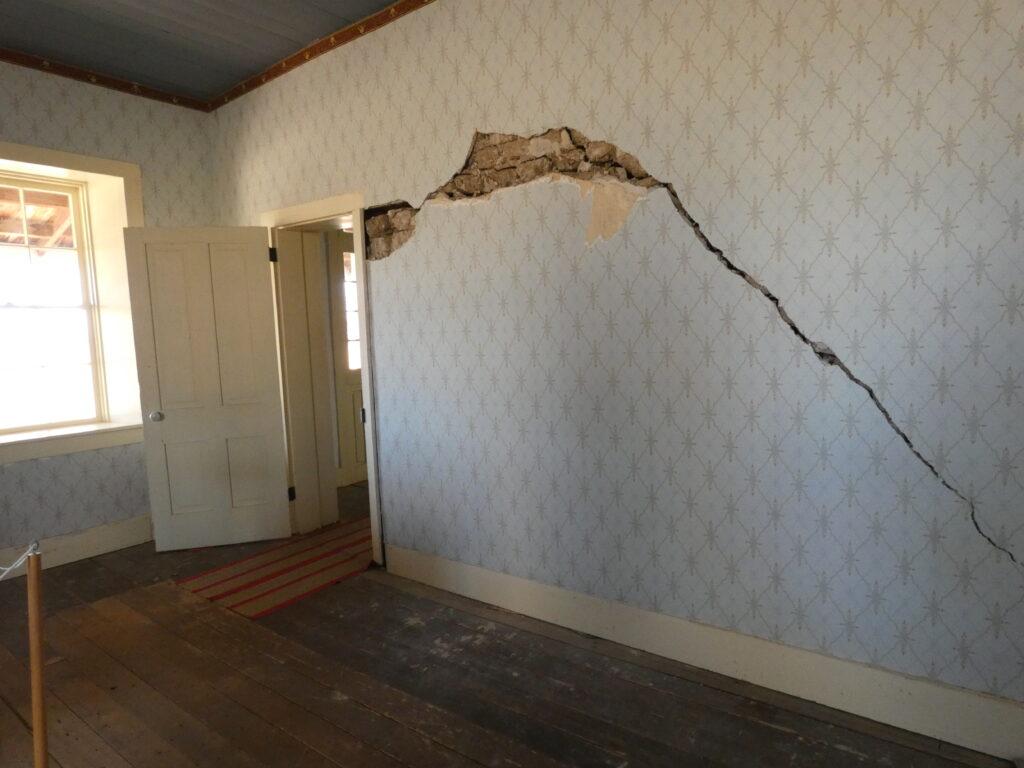
History Colorado awarded more than $500,000 in grants last year for repairs to the site, like restoring the roof and windows of one of the original homes. But there’s plenty of work that still needs funding.
“We’ve got a ways to go but we’re working on it,” Pointon said. “This is a work in progress. Always!”
Pointon’s focus now is continuing the restoration of existing features and making the site more sustainable.
Kathleen Tomlin directs the John W. Rawlings Heritage Center and Museum in Las Animas and said there’s not many volunteers available to take care of the place. She said the solution is to hire employees.
“I think it’ll generate more grants and more help,” Tomlin said. “And I think you have to pay people more because the younger people aren’t volunteering like our generations did. So you’re just gonna fizzle out if you don’t do that sustainability.”
Visitation to the site has slowly risen since the start of the COVID-19 pandemic, said Pointon. Now the site just needs to translate those extra visitors into more revenue.
Jeffery Wood is a professor for the University of Colorado Denver’s Technical Assistance Program. The program, he said, helps rural areas that don't normally have the resources to draft professional quality designs.
Students in the program helped design plans for possible ways to bring in more money to Boggsville, like adding a visitor center to go along with the existing gift shop, or more space for camping and RVs.
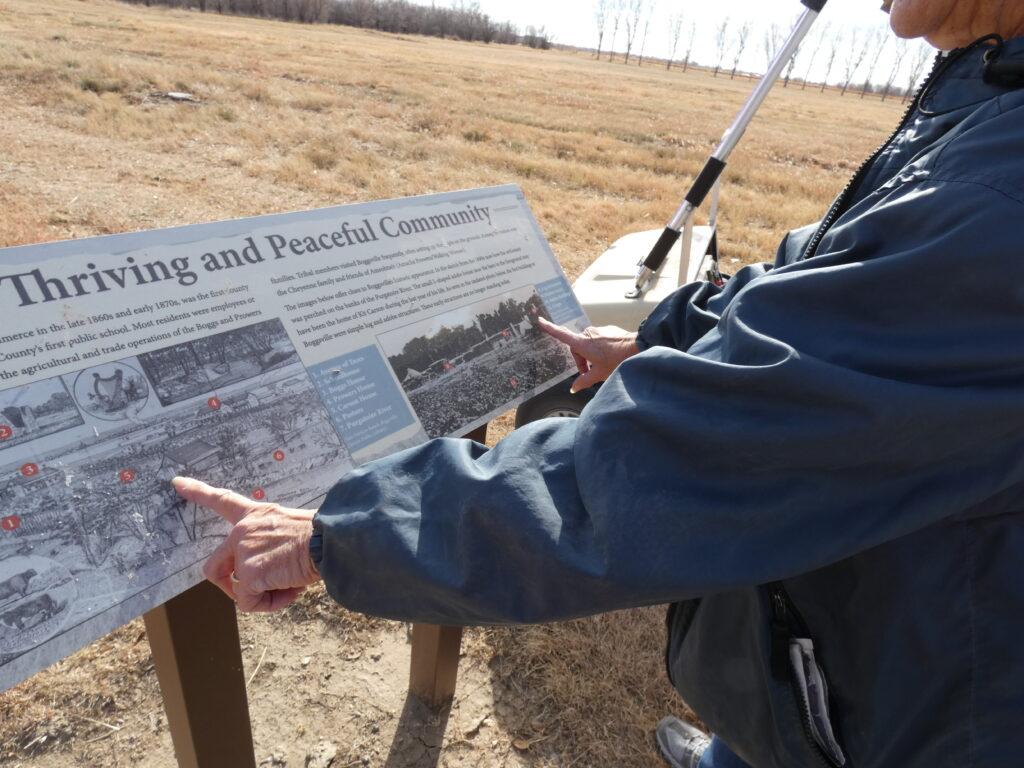
“Boggsville is not a community in the traditional sense,” Wood said. “There’s not a coffee house or a restaurant that we become familiar with. But the beauty of the site, which seems easy to overlook, is something that everybody should get to experience.”
A survey from the Bent County Historical Society used those student designs to get community feedback. It polled participants about how familiar they are with the site, what kind of activities they’d want when visiting in the future and how much they’d be willing to pay for camping or RV parking. About three dozen people took the survey and the results showed most folks want to learn more about the site’s history when they visit.
Pointon said that's a good sign.
“And actually … this survey came in close to what our goals were,” Pointon said. “But I do know that in order to go forth and search for funding you need a plan. So that’s what we’re working on right now.”
In April, the Bent County Historical Society put in an application for a $250,000 grant from the state historical society to continue restoration work of the Prowers and Boggs houses.
In the meantime, Pointon said she'll keep giving tours and thinking up new ways to share southeastern Colorado’s history.
